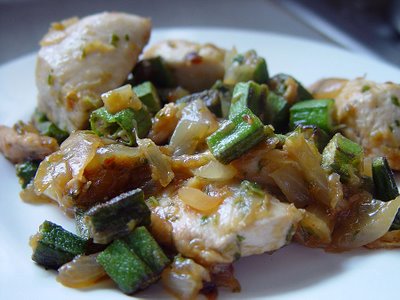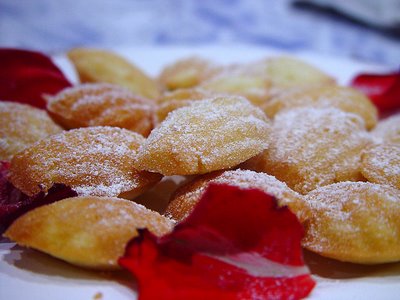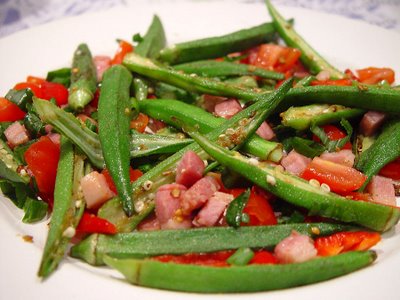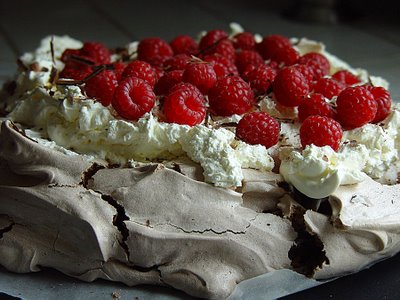 I love mussels. Well, I love most things ‘sea food’. I have a really good fishmongers where I always go to and I buy the mussels already cleaned up. It’s such a treat. Today I went over for vongoli but there was none left so I ended up once again with mussels. Oh, too bad!!
I love mussels. Well, I love most things ‘sea food’. I have a really good fishmongers where I always go to and I buy the mussels already cleaned up. It’s such a treat. Today I went over for vongoli but there was none left so I ended up once again with mussels. Oh, too bad!!I decided that I would prepare it with coconut milk. Great combination. Plus a selection a ingredients which say ‘thai’ all over. The result was a really lovely dish, with a beautiful aroma. I had 400g all to myself. It is true that once you discount all the shells you are not left with much substance as it were. I don’t care however. It is all so wonderful
1.5 kg fresh mussels
2 fresh lemon grass stalks
1 x 400ml tin of coconut milk
3 tablespoons water
3 kaffir lime leaves or 1 tablespoon shredded lime zest
2 tablespoons coarsely chopped spring onions
1 tablespoon Thai green curry paste
3 tablespoons chopped coriander roots or stalks
2 tablespoons fish sauce (nam pla)
1 teaspoon sugar
A large handful of fresh Thai basil leaves or ordinary basil leaves, shredded
Often the fishmonger sells the mussels already cleaned up. If not, clean them before using in the recipe.
Peel the tough outer layers of the lemon grass stalks, leaving the tender whitish centre. Cut it into 7.5cm pieces and crush with the flat of a heavy knife.
Pour the coconut milk and water into a wok or large frying-pan. Add the lemon grass, lime leaves or zest, spring onions, curry paste, coriander roots or stalks, fish sauce and sugar and bring to a simmer.
Add the mussels, then cover and cook over a high heat for 5 minutes, until all the mussels have opened (discard any that remain closed). Give the mixture a final stir, add the basil leaves and sever at once.










